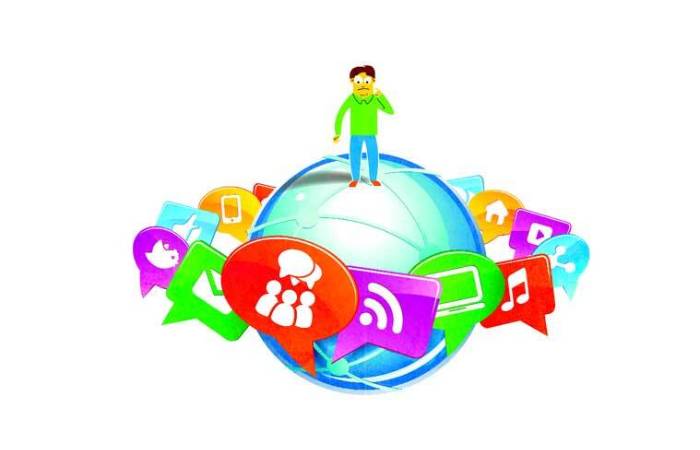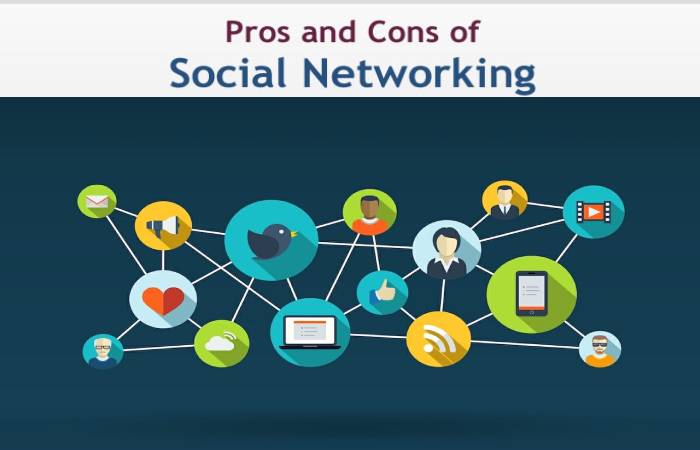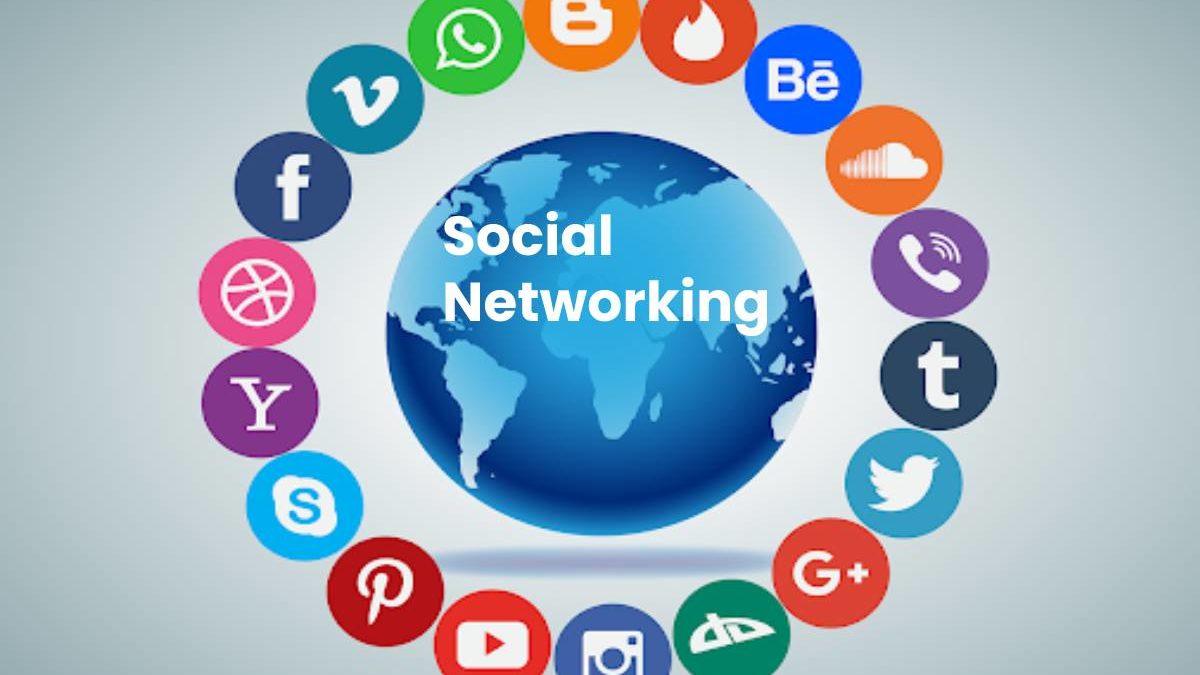Table of Contents
What Is Social Networking?
Social networking uses Internet-based social media sites to stay connected with friends, family, colleagues, customers, or clients.
It can have a social purpose, a business purpose, or both through Facebook, Twitter, LinkedIn, and Instagram. Social networking has become a significant base for marketers seeking to engage customers.
Despite some stiff competition, Facebook remains the largest and most popular social network, with 2.8 billion people using the platform monthly, as of Dec. 31, 2020.
According to Statistica, it was followed in popularity by Instagram, Facebook Messenger, Twitter, and Pinterest. What is a content creator, to know more read the following article.
How does Social Networking Works?

- Social networking involves the development and maintenance of personal and business relationships using technology.
- This is done through social networking sites, such as Facebook, Instagram, and Twitter.
- These sites allow people and corporations to connect to develop relationships and share information, ideas, and messages.
- Family members who are far apart may remain connected through personal social networking sites like Facebook. They can share photos and updates on things that are going on in their lives.
- People can also connect with others (notably strangers) who share the same interests. Individuals can find each other through groups, lists, and the use of hashtags.
- Marketers commonly use social networking so they can increase brand recognition and encouraging brand loyalty.
- Since it makes a company more accessible to new customers and more recognizable for existing customers, social media marketing helps promote a brand’s voice and content.
- For example, a frequent Twitter user may hear of a company for the first time through a news feed and decide to buy a product or service.
- The more exposed people are to a company’s brand, the greater its chances of finding and retaining new customers.
- Marketers use social networking as a way to improve conversion rates. Building a following provides access to and interaction with new, recent, and old customers.
- Sharing blog posts, images, videos, or comments on social media allows followers to react, visit the company’s website, and become customers.
Special Considerations of Social Networking
- There isn’t a one-size-fits-all approach to marketing strategies. That’s because every business is unique and has a different target demographic, history, and competitive marketplace.
- Because social networking companies want businesses to pay for their advertising, companies often restrict the number of reach businesses may receive through unpaid posts.
- For example, if a company has 500 followers, followers may not all receive the same post.
- The constantly evolving nature of social networking makes it challenging to keep up with changes and influence a company’s marketing success rate.
Advantages and Disadvantages of Social Networking
Social networking can affect both individuals and corporations—both positively and negatively. That’s why it’s important to weigh both the advantages and disadvantages of using these social media sites.
1. Advantages
- As mentioned above, social networking allows individuals to contact family and friends they would otherwise not be able to connect with because of distance or lost touch.
- People can also connect with other individuals who share the same interests and develop new relationships.
- Social networking also allows companies to connect with new and existing clients. They can also use social media to create, promote, and increase brand awareness.
- They also rely on reviews and comments made by their clientele. The more customers post about a company, the more valuable the brand authority becomes.
- This leads to more sales and a higher ranking in search engines. Social networking can, therefore, help establish a brand as legitimate, credible, and trustworthy.
- A company may use social networking to demonstrate its customer service level and enrich its relationships with consumers.
- For example, if a customer complains about a product or service on Twitter, the company may address the issue immediately, apologize, and take action to make it right.
2. Disadvantages
- Social networking can have a significant impact on the spread of misinformation. And it can spread like wildfire.
- It became increasingly prevalent after 2012. This information starts as rumours, which spread faster than facts. One study found that misinformation is 70% more likely to be shared than factual information on Twitter.
- Networking on social media can have just as much of a detrimental impact on companies. Criticism of a brand can spread very quickly on social media.
- This can create a virtual headache for a company’s public relations department.
- Although social networking itself is free, building and maintaining a company profile takes hours each week. Costs for those hours add up quickly.
- Also, businesses need many followers before a social media marketing campaign starts generating a positive investment return (ROI).
- For example, submitting a post to 15 followers does not have the same effect as offering the post to 15,000 followers.
Pros and Cons of Social Networking

Pros
- People can use social media to connect with others, including friends, family, and those with the same interests.
- Companies can use social networks to reach new and existing clients and build and improve their brand names.
- Corporations that use social media can connect with their clients and demonstrate the level of their customer service.
Cons
- Social media helps spread misinformation.
- Criticism of companies can spread quickly, causing problems for their public relations departments.
- Advertising and maintaining a corporate profile on social media can be costly.
Examples of Social Networking
- Almost every product or service you use is backed by a company that has a social media presence. It’s virtually impossible to think of any major corporation that doesn’t operate, market, and advertise on social networks.
- Tapping into social media is not only a good business practice, but it’s also necessary if you’re going to succeed in the corporate world. Here are two examples of companies that are doing it right.
- Popular fast-food chain Taco Bell has more than 1.4 million followers on Instagram and nearly two million followers on Twitter.
- The company knows how to engage people on social media, posting content about its menu offerings, employees, and restaurants.
- Taco Bell also posts light-hearted tweets and Instagram posts that garner thousands of replies, retweets, and likes.
- Taco Bell lobbied for a taco emoji by creating a petition on Change.org in 2014.
- The company spread the word on social media. The petition garnered more than 32,000 signatures from Taco Bell enthusiasts.
- Apple released the taco emoji in November 2015 when it released iOS 9.7
Conclusion
It uses Internet-based social media platforms to stay connected with friends, family, or peers. The most popular sites in the U.S. include Facebook, Instagram, and Twitter.
Marketers use social networking for increasing brand recognition and encouraging brand loyalty. Social media can help connect people and businesses and help promote brand awareness.
There are disadvantages related to it, including the spread of misinformation and the high cost of using and maintaining social network profiles.
Also Read: How To Identify Influencers On Social Media and More
Related posts
Featured Posts
Startup First Office – Definition, How To Set Up, and More
Startup First Office Definition A startup’s first office to use Project management software by an entrepreneur to seek, develop, and validate…
Oppo Find X3 Lite Review – Price, Release Date, and More
The Oppo Find X3 Lite lacks a bit of wow factor, but in a way, that’s also its strength, offering…




Review What Is Social Networking? – How does Works, and More.